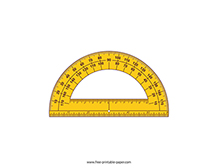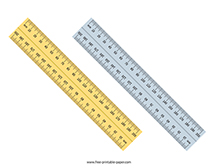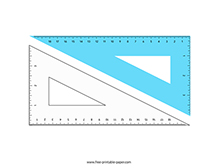Periodic Table
Known as the periodic table, the periodic table of elements is an organized table that displays the arrangement of the known chemical elements. The notion of an organized table was first introduced by Dmitri Mendeleev and later other elements were added to become what it is today, a table of chemical elements arranged in rows (called periods) and columns (called groups) according to their increasing atomic number.

The periodic table is widely used by teachers and students in school, scientists in chemistry, physics, and other sciences to quickly find information about an element, like their atomic symbol, number or mass. Thanks to how the elements are arranged and their electron configurations of atoms, scientists are able to discern trends that run through the periodic table, like electron affinity, electronegativity, ionization energy, or atomic radius. The elements can be classified as metals, nonmetals, or metalloids.

In school, the periodic table is widely used by students during chemistry class. If some concepts are hard to understand it might be best to break down the periodic table into smaller, more manageable parts so that students can grasp them better. You can start with element symbols and from there they can learn the differences between them or their abbreviations.
A blank periodic table can be easily turned into an interactive game in which all students can be part of. This is an excellent practice for your students to identify all the elements, label them and color code their tables. We have a variety of periodic table templates in PDF format you can choose from that display different properties. Almost all printable periodic tables are black and white except for one that is color coded.











